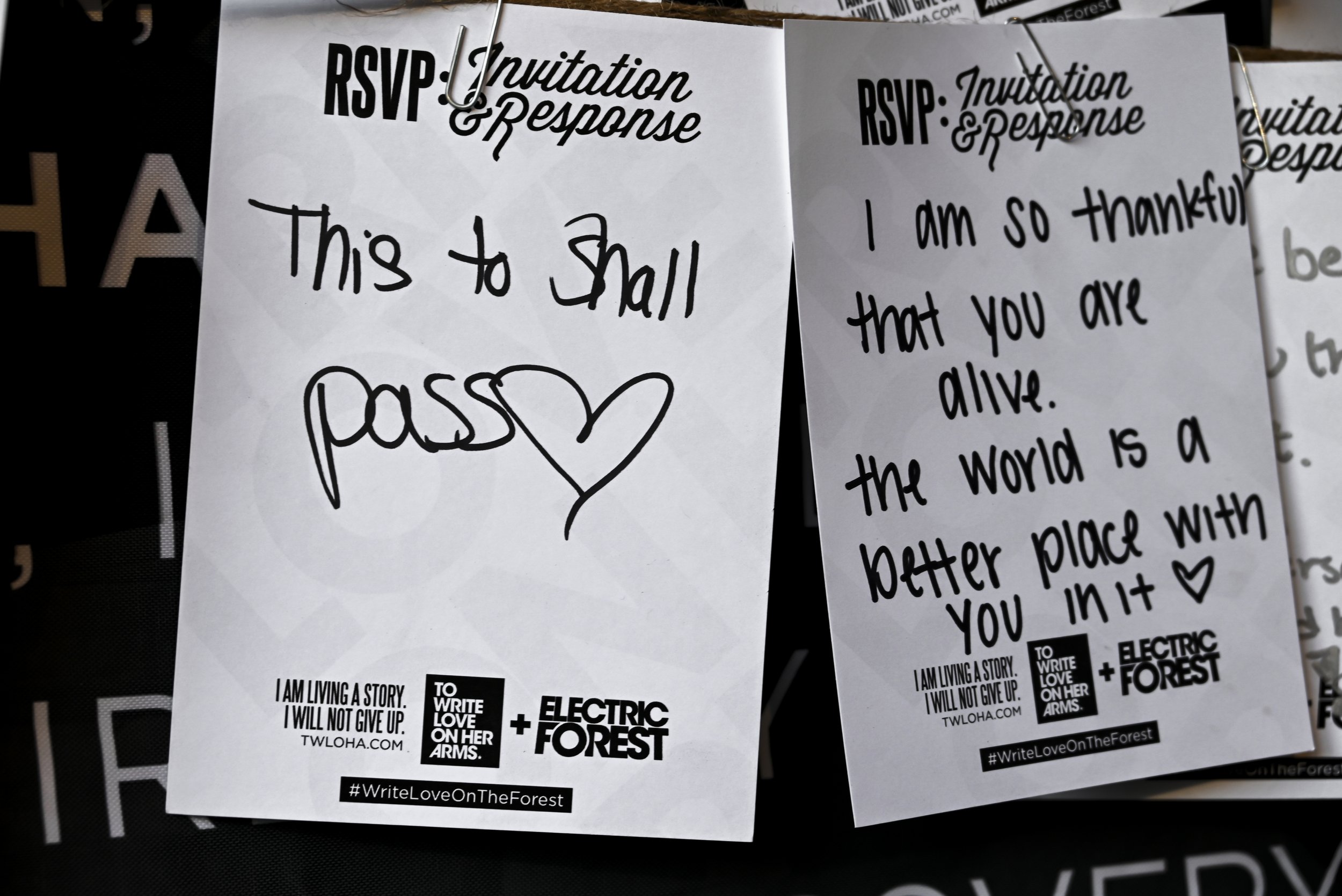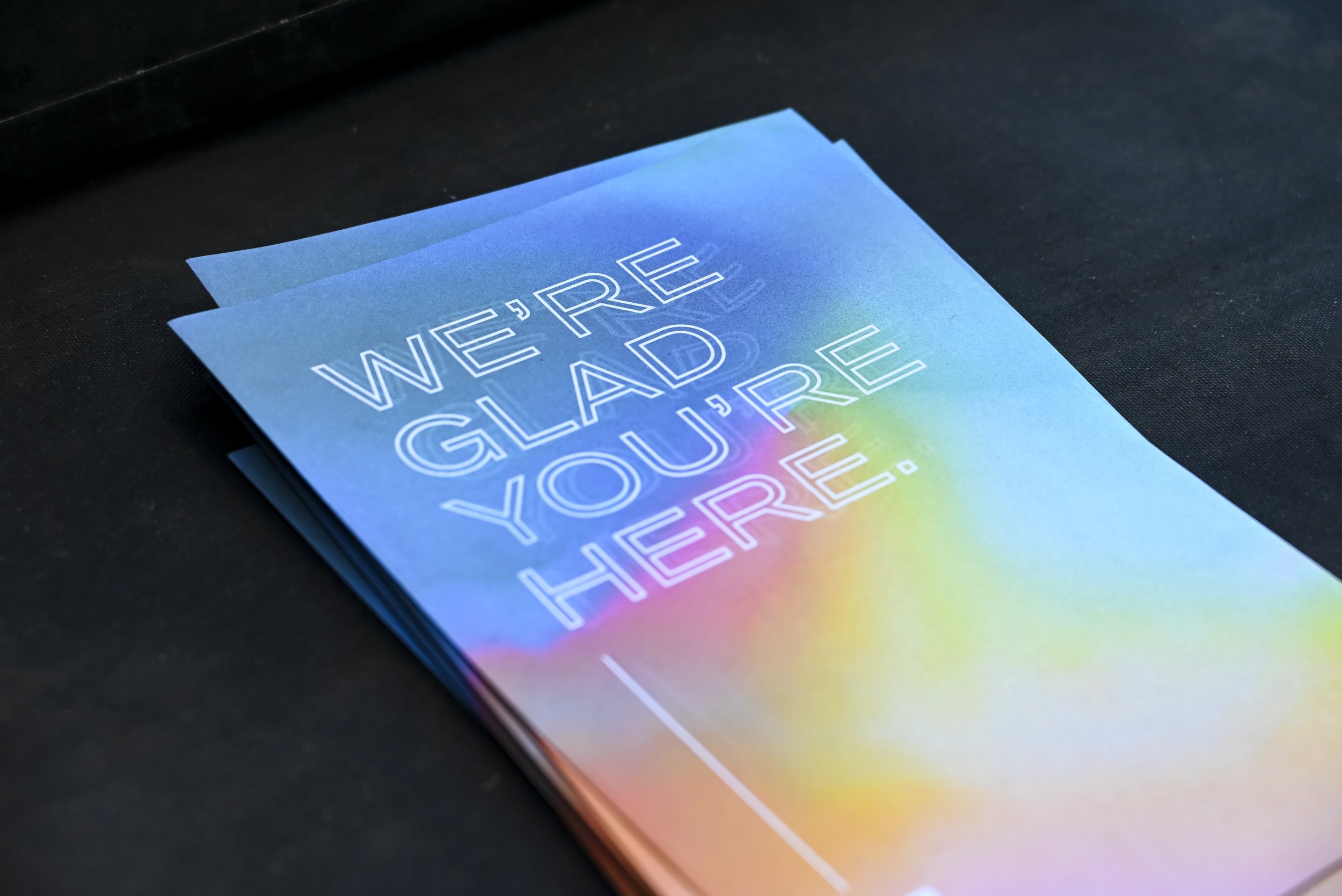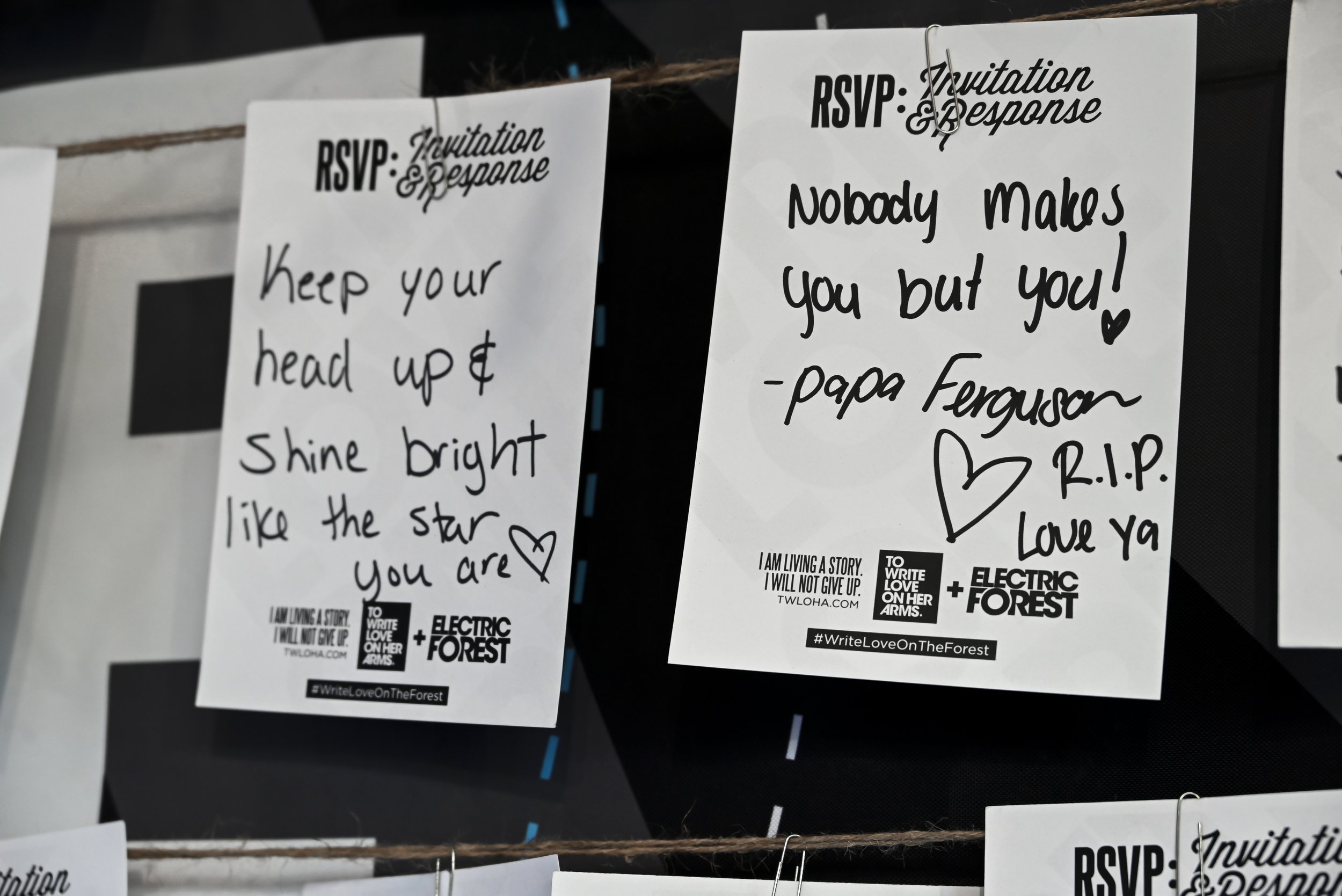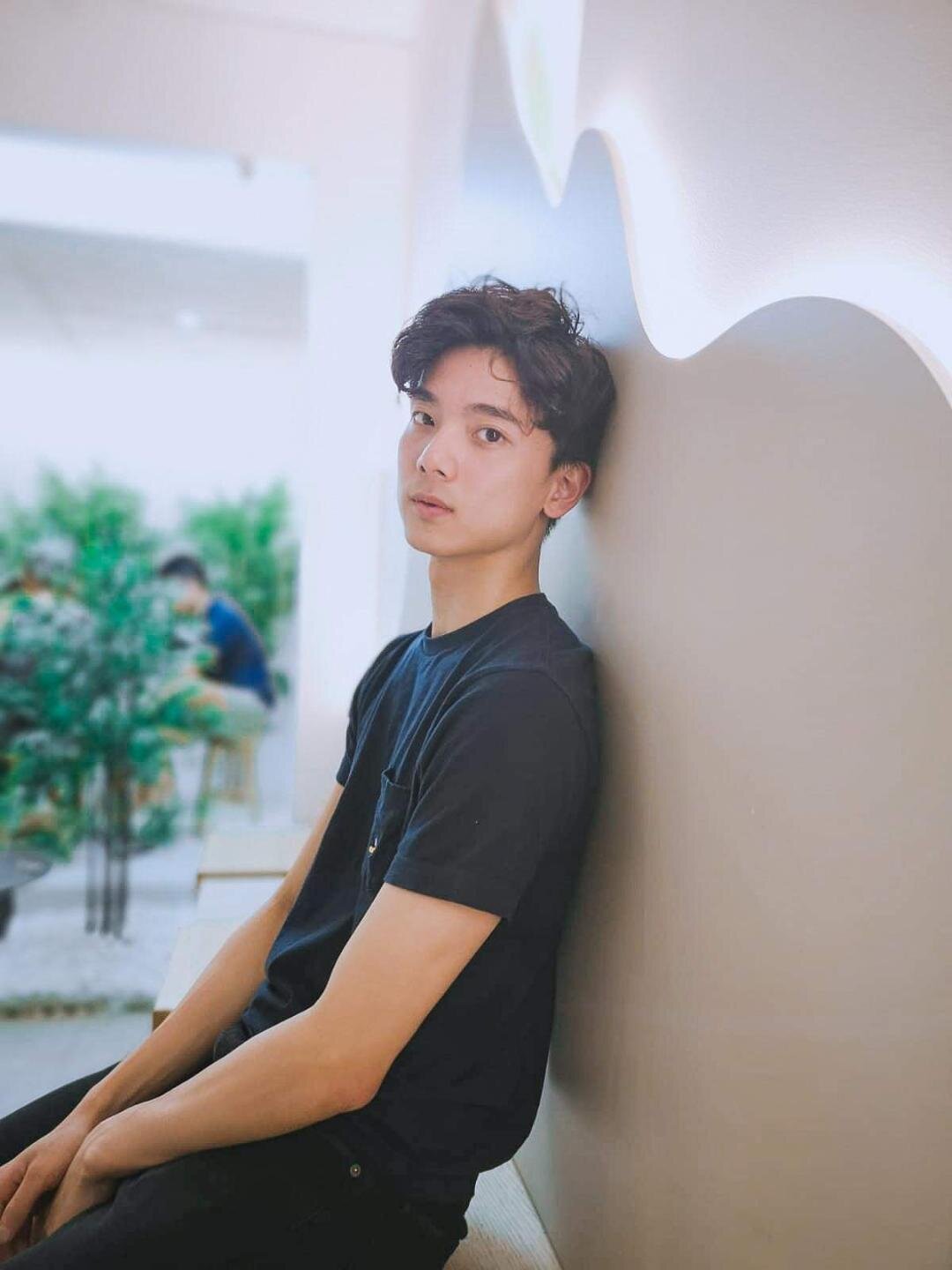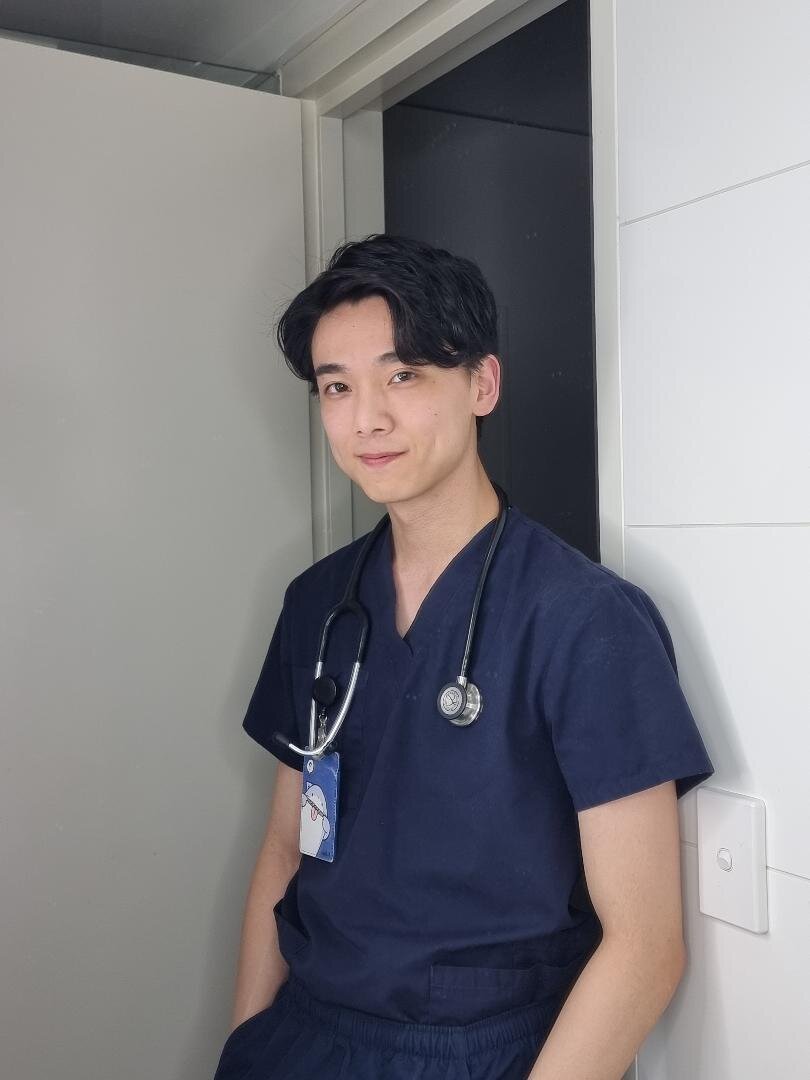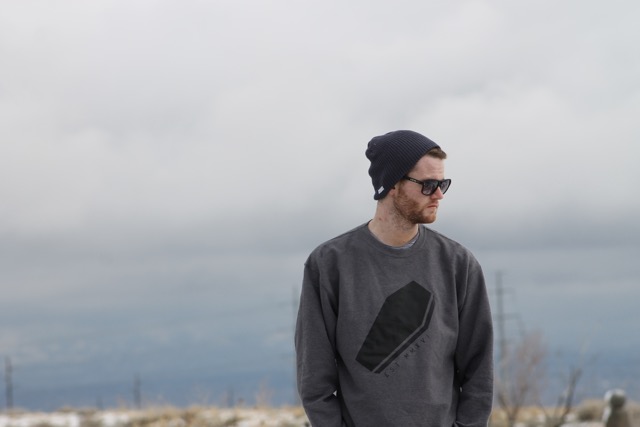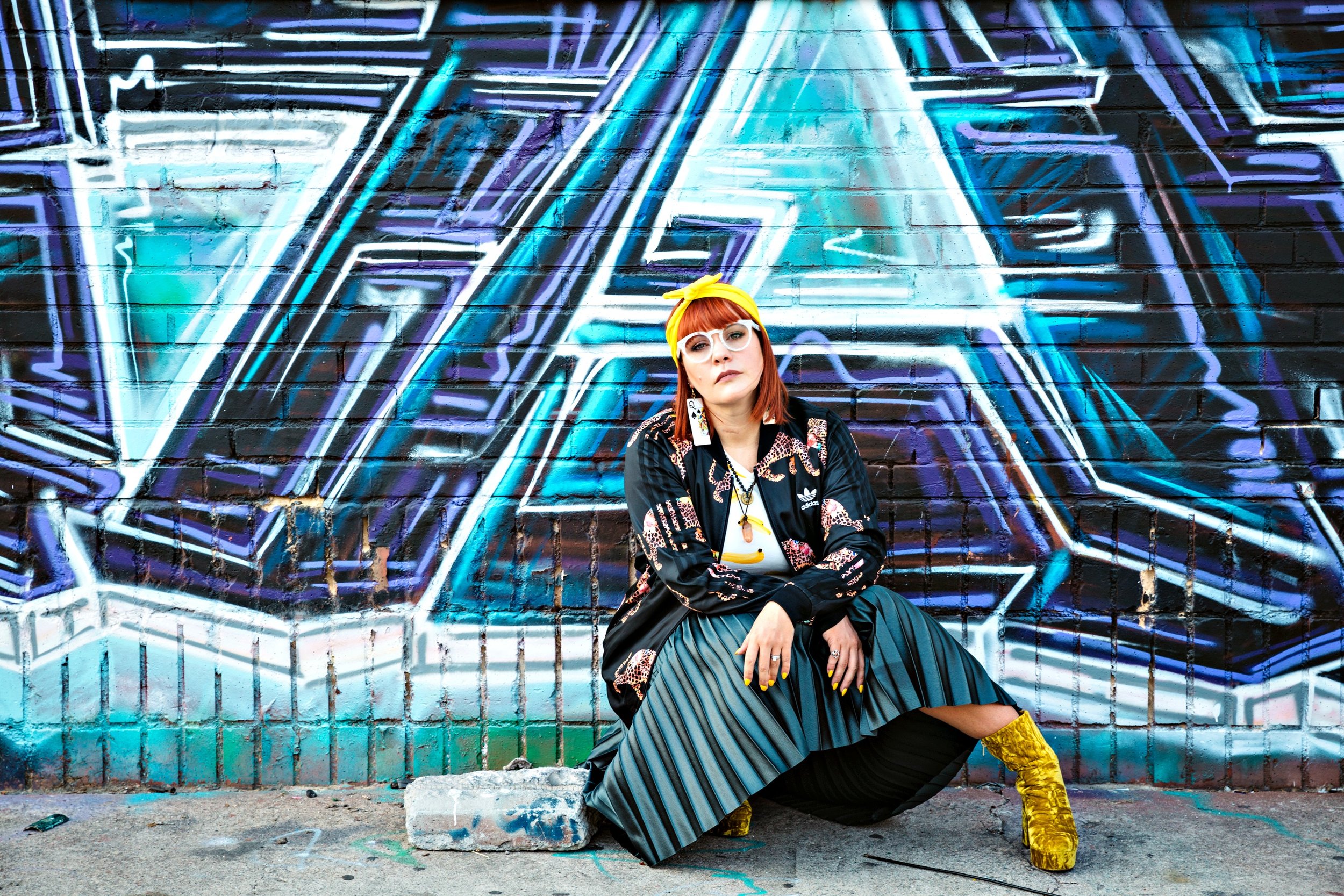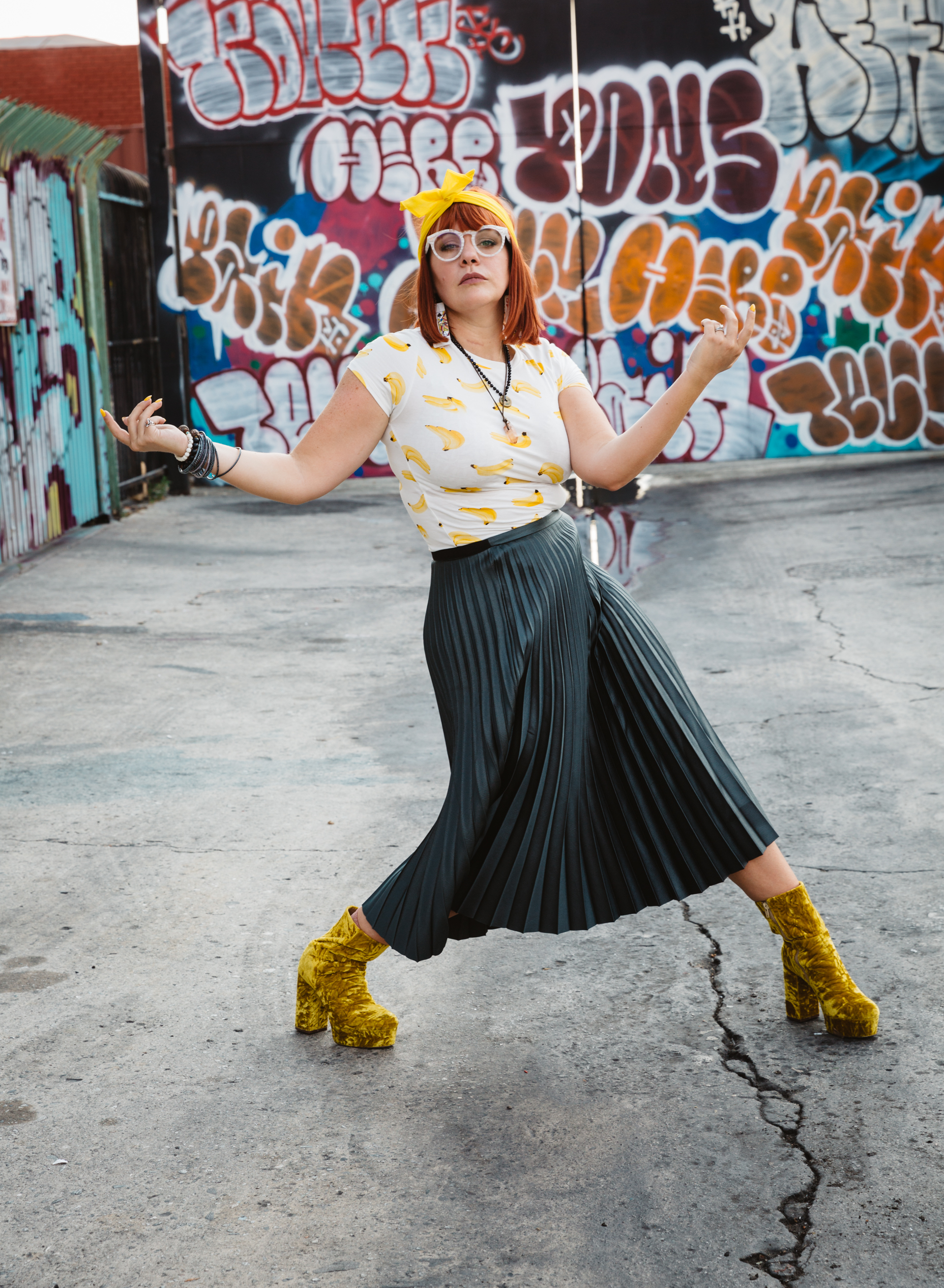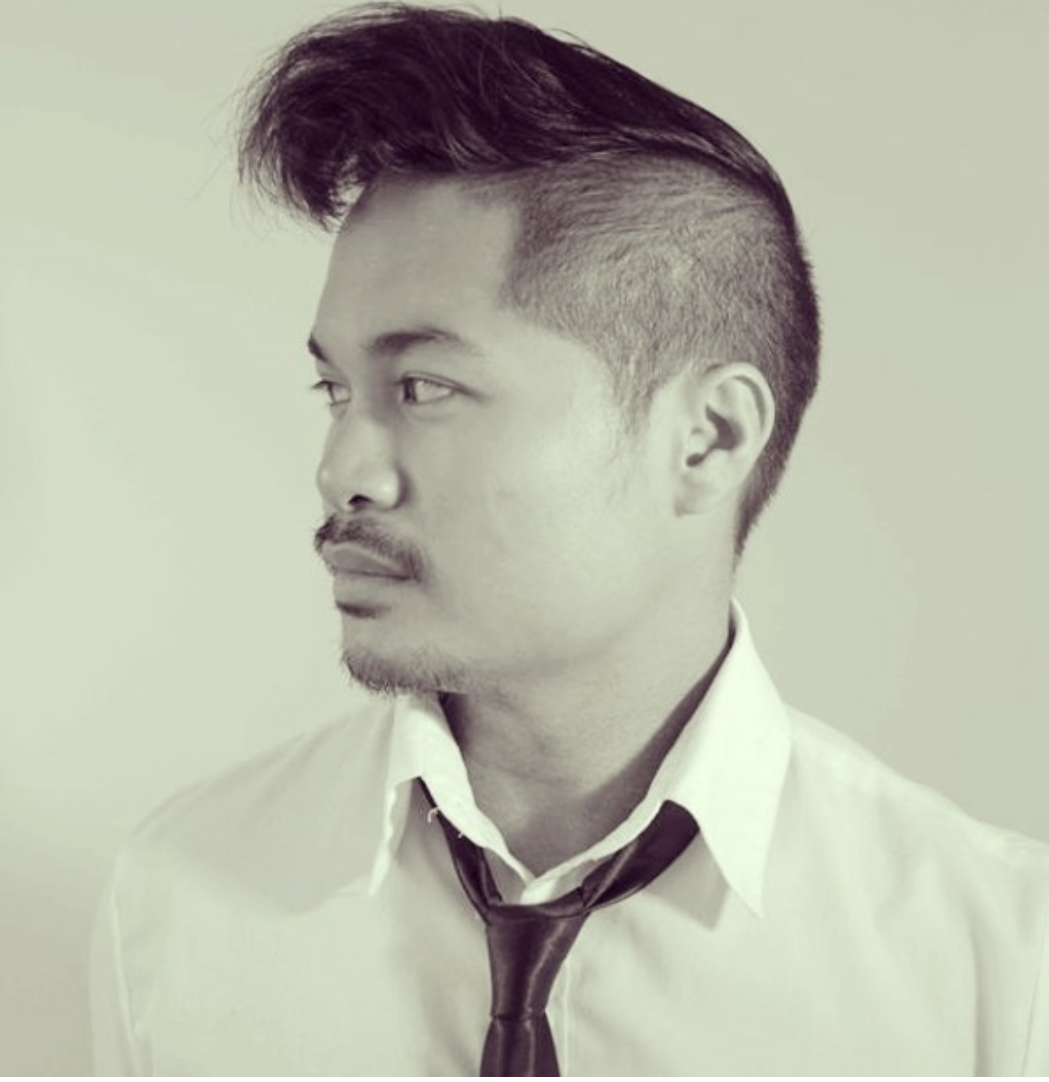by isabel dowell
photo by isabel dowell
Finding a place within the scenes of many music festivals, the non-profit, To Write Love On Her Arms or TWLOHA for short, is a “movement dedicated to presenting hope and finding help for people struggling with depression, addiction, self-injury, and suicide. This organization exists to encourage, inform, inspire, and also to invest directly into treatment and recovery”.
TWLOHA.com is designed as a source of support for those seeking treatment options, self care, or ways to get involved — just to name a few. At Electric Forest, I was able to sit down with Chad, who has been with the organization for over fourteen years. His story pushed him to join TWLOHA and now he works to inspire others in their everyday lives. Read more about the organization, Chad’s story, and how you can help or find help below:
Tell me a little bit about To Write Love On Her Arms!
Chad: “For the uninitiated, we are To Write Love On Her Arms. We shortened that to TWLOHA. We are a non-profit organization that exists to find hope and find help for anyone struggling from things depression, addiction, self-injury, suicide, or really anything in the mental health sphere. If you’re walking through something that is feeling a bit too heavy, we’re there to build a better bridge to connect anyone looking for help to options for help. Ideally, something that is local and affordable, as well as consistent and intentional.”
photo by isabel dowell
You mentioned that you work to connect people to help that is local to them, how does that process work?
Chad: “As an organization, we are practically based online, that is how most people interact with us. We’re very present on social media and we are also highly mobile! [Electric Forest] is one of about fifty different live music and lifestyle events that we’re at this year. We try to meet people wherever people naturally come together. For these events, it doesn’t even account for the times we are able to speak to companies, schools, colleges, you name it. We’re always trying to engage in honest conversation around mental health, where it’s welcome. Our headquarters is in Florida, but we don’t really have branches anywhere. We aren’t the destination. We aren’t the counselors, the treatment centers, and that’s intentional. We want you to find something that is closer to home. If you go to our website, on the upper right hand corner you’ll find a bright blue button that says ‘Find Help.’ That is the main reason our website even exists, to give you resources by topic, by key identifiers, and if you scroll down you can find different levels of care by zip code! Within every zip code you can find options on an affordable scale in your neck of the woods.”
Even though you said you are present in every space, I feel as though this organization is so prominent in the music space, going as far back as being a leading brand at Warped Tour. Why this space?
Chad: “Everything is so unpredictable now with the internet to know when you post something who’s going to see it. It’s a bit more predictable when you’re showing up at a festival that’s sold out and you know that’s 40,000 tickets and you have an idea of where you’ll be or who will be there. We love coming to festivals on a big level because we know people will be there. We want to be where people are. On a smaller level, I come to these festivals because I need to see individual people. There are stories that I’ve been able to learn about over the years and I can’t wait to see what my friends are doing. I want to see how their story goes! The music space is probably our biggest intentional sphere for outreach and maintenance. There’s people that have known about us for all sixteen years of our existence and people that have just learned about us in the past sixteen seconds. It all matters to us!”
photo by isabel dowell
How could someone get involved with TWLOHA, whether it’s in a physical space or remotely?
Chad: “If there’s a silver lining to the past couple of years, it’s that we had to learn how not to be in specific physical spaces. Because of that, we really value and cherish the times people use their platform to talk about things like mental health. So to use the phrase that you used, ‘How can people get involved?,’ we actually have a tag on our page that says ‘Get Involved!’ That’s going to give you options on simple stuff. You can follow us on social media, you can interact with our posts, and that does more than you can ever know. You can apply to be a remote intern! We have opportunities for you to serve us from wherever you are. We’ve had interns from literally all over the world over these past two years that have been able to sync up with us and help us do good. You can see us at a festival, you can buy a shirt, you can download our app, you can keep track of us on our podcast, there’s no shortage of ways! We want it to be conversational and we want our stories to collide in whatever ways seem appropriate to you.”
What is your personal experience with the organization? How did you first get involved?
Chad: “Like I mentioned earlier, this organization began sixteen years ago. I’ve been a part of the organization for fourteen years now. I wasn’t there on day one but I got there not too long after. We’re here because these issues are real! All those words I mentioned, depression, anxiety, self injury, substance abuse, suicide, those are chapters of my story. I was able to navigate some deep values with the help of some friends that loved me despite the reasons I gave them not to. I reckon that to those listening, engaging, or reading this conversation, it doesn’t sound all together unique. I had to come to the realization that my story is not just my story, it includes other characters. There were people that I couldn’t push away, even if I wanted to. Through their grace and their patience, I was able to wake up from some really scary nights. With all that, I was able to find the bravery to take the steps to recovery, to healthy decisions, healthier spaces. It was about that time I learned about the organization. I read about the origin story. It was a group of friends just helping out one person navigate her personal struggles and I felt seen, and heard, cared for, and valued. I just thought, ‘Man, how cool would it be if the crap in my life could positively affect someone else?’ I didn’t need to hide from my pain in order to celebrate a life that is still going on. So, I sent an email and started volunteering and never left!”
photo by isabel dowell
Over your fourteen years, is there any person or story in particular that has stuck with you?
Chad: “So many. It will never get old having people come up to the booth and saying, ‘I’m here because you guys were on MySpace. I still exist because someone gave me a wristband at the right time.’ Bragging on this place, I’m reminded of my friend Shane who I met in the Forest. He is so generous with his spirit, his gifts, his stories, and his desire to bring more people together. He is a smile that I’ve missed, especially, over the last two years. I heard he’s onsite and I can’t wait to give him a hug and catch up. I don’t even know the ins and outs of his story and I don’t need to. He’s here and that’s enough.
We are actually sitting here in the middle of stories! We are here in our activation that we call RSVP, it’s an invitation and response. We ask people to write down one thing that they wish they could say and take one thing that they really needed to hear. Just feeling the weight of this, people are expressing hope and pain and just honesty. It’s all beautiful. I also have to brag on the festival. They’ve taken such incredible and proactive steps to allow us a long leash to engage with their supporters, their patrons, the people who make this place what it is. Not to cash in on any other festival, but the other 51 weeks of the year are made possible because of this one. The stories, the joy, and the love I get out of this are super sustaining.”
How in a mental health space are you able to stay so positive, even in the darkest times?
Chad: “I’m able to stay positive because I don’t ignore the parts that hurt. That’s one thing that we train everyone at our booth; it’s going to get heavy. When it does, you can take a walk. And when you take that walk, don’t take that walk alone. Ultimately, everything is worth sharing and that’s your celebration and your desolation that all of this is worth sharing. The Forest is about sharing! Just a simple act of giving and receiving changes everything. Not to get too philosophical or scientific, but you showing up here has changed how this place sounds. The way that the music coming from those speakers engages specifically with you, this place sounds different because you’re here. That’s the case for all forty thousand people that are here. This would not be the same without them. People are here for a reason. Some for a special treat, some for a retreat, and I don’t think it takes a ton of imagination to say that through the three years that this festival has not existed many of us are in the retreat camp. We all need a break. Life’s been heavy and we needed to bring that heaviness here. Not to ignore it but to share it, to lighten the load. A grief shared is a grief half as heavy. We get to share that with our family and hope for a better tomorrow.”
To reiterate the words of To Write Love On Her Arms: Hope Is Real. Help Is Real. Your Story is Important. TWLOHA.com.
